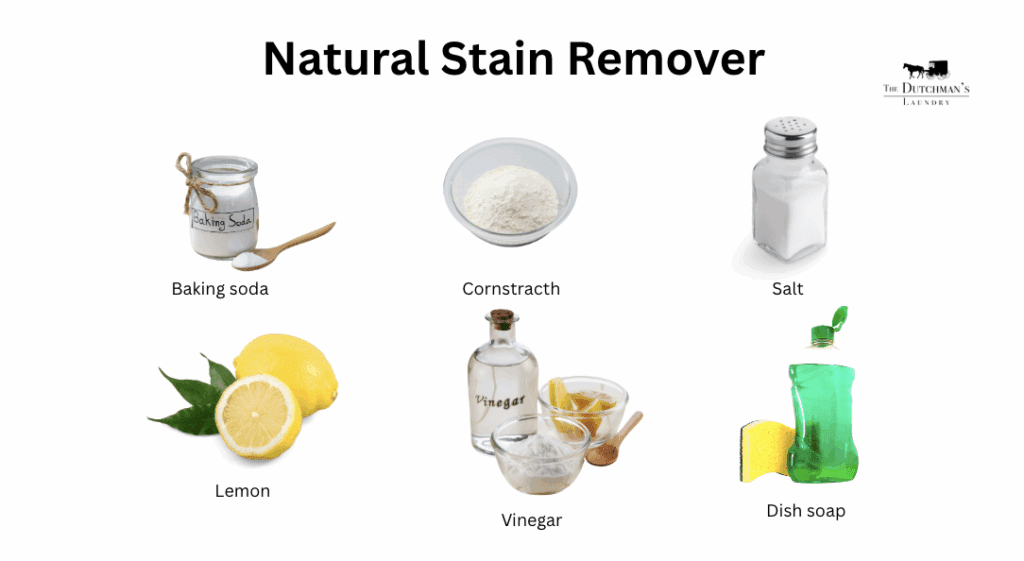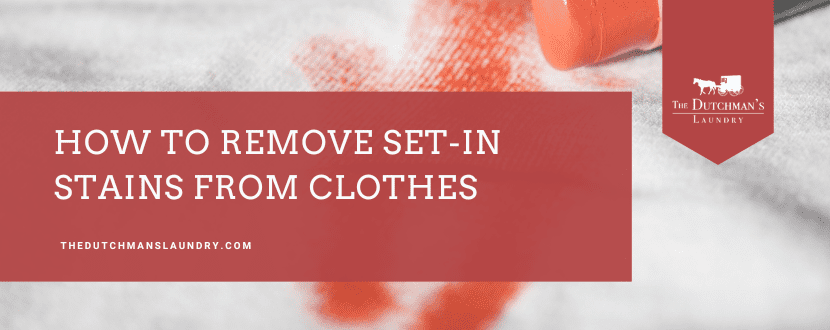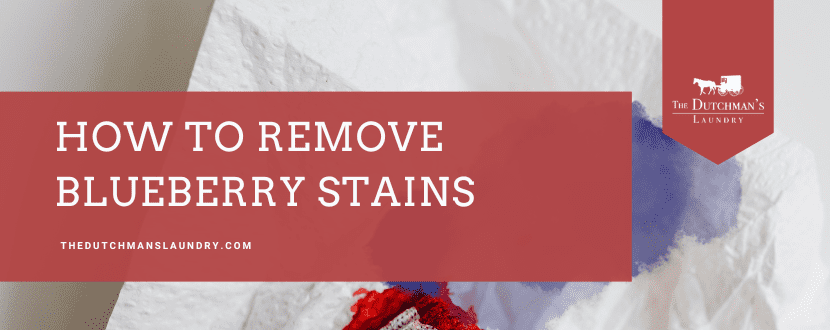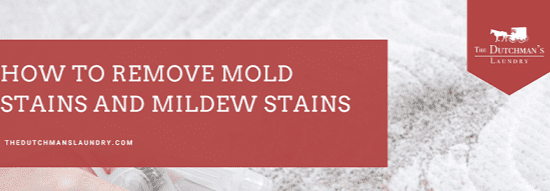We’ve all been there, spotting a fresh stain on your favorite clothes or carpet and feeling that instant panic. You rush to the cabinet, only to realize… no bleach in sight. What now? Panic? Toss it out? Definitely not.
No bleach? No problem! Your kitchen is packed with powerful stain-fighting ingredients. Everyday household staples like baking soda, vinegar, lemon juice, and dish soap can work wonders on stubborn stains. Let’s dive in and learn how to tackle common stains effectively, without reaching for bleach.
Table of Contents
ToggleNatural & Bleach-Free Stain Removal Ingredients
These everyday household ingredients are powerful allies in your battle against stubborn stains, all without using harsh bleach. They’re safe, effective, eco-friendly, and often already in your kitchen or laundry room.
- Baking Soda
- Cornstrach
- Salt
- Lemon Juice
- Vinegar
- Dish Soap

How to Remove Specific Stains Without Bleach
1. Red Wine Stains
Combine: Baking soda, salt, and white vinegar
- Blot the stain gently to soak up excess wine without rubbing to prevent spreading.
- Sprinkle salt or baking soda generously to absorb the liquid and lift the stain.
- Rinse the area with cold water.
- Soak the fabric in a white vinegar and water mixture (1 part vinegar to 2 parts water) for about 30 minutes.
- Wash as usual and air dry.
Why this works: Baking soda and salt absorb the wine, while vinegar’s acidity breaks down the stain pigments.
2. Coffee Stains
Combine: White vinegar and dish soap
- Blot the stain immediately with a clean cloth to absorb as much coffee as possible.
- Mix 1 tablespoon white vinegar, 1 teaspoon dish soap, and 1 cup warm water.
- Dab the mixture onto the stain using a sponge or cloth.
- Let it sit for about 10 minutes.
- Rinse thoroughly and wash as usual.
Why this works: Vinegar breaks down coffee’s tannins, while dish soap cuts through any oils left behind.
3. Blood Stains
Combine: Hydrogen peroxide and cold water
- Rinse the stain under cold water as soon as possible (never use hot water, as it can set the stain)
- Apply hydrogen peroxide directly onto the stain and let it fizz for a few minutes.
- Blot gently and rinse again with cold water.
- Repeat if needed, then launder normally.
Why this works: Hydrogen peroxide breaks down proteins in blood and lifts the stain without harsh chemicals.
4. Grease or Oil Stains
Combine: Cornstarch or baking soda and dish soap
- Sprinkle cornstarch or baking soda directly onto the greasy stain.
- Let it sit for 15–30 minutes to absorb the oil.
- Brush off the powder gently.
- Apply a small amount of dish soap and lightly scrub with a soft brush or cloth.
- Rinse with warm water and wash as usual.
Why this works: The powder absorbs excess oil, and dish soap breaks down the remaining grease.
5. Sweat/Underarm Stains
Combine: Baking soda and vinegar or lemon juice
- Mix baking soda with a little water to form a thick paste.
- Rub the paste into the stained area.
- Add a splash of vinegar or lemon juice on top.
- Let it sit for 30 minutes.
- Rinse thoroughly and wash as normal.
Why this works: Baking soda neutralizes odor and lifts the stain, while vinegar or lemon juice helps break down residue from deodorant and sweat.
6. Ink Stains
Combine: Rubbing alcohol or milk
- Dab rubbing alcohol directly onto the ink stain with a cotton ball or cloth.
- If alcohol isn’t available, soak the fabric in a bowl of milk for 30 minutes.
- Gently blot the stain, then rinse with cool water.
- Launder as usual.
Why this works: Alcohol dissolves ink pigments, and milk enzymes help break down the stain naturally.
7. Grass Stains
Combine: Baking soda and hydrogen peroxide
- Mix baking soda with hydrogen peroxide to form a paste.
- Apply the paste to the grass stain and gently scrub with a soft toothbrush.
- Let it sit for 10–15 minutes.
- Rinse thoroughly and wash as usual.
Why this works: Hydrogen peroxide lifts the green pigment, while baking soda helps scrub it out safely.
When to Avoid Bleach and Why
Bleach might seem like the quick fix for stubborn stains, but it’s not always the best choice:
- It can damage delicate fabrics like wool, silk, or spandex.
- It often causes color fading or yellowing, especially on colored clothes.
- Bleach fumes can be harsh on your skin and respiratory system.
- Some stains react poorly with bleach, making them worse.
That’s why knowing how to remove stains without bleach is useful. Not only when you don’t have any, but also when you want to protect your clothes and health.
Final Thoughts
Stains are inevitable, but harsh chemicals like bleach don’t have to be your first solution. With common household items like detergent, vinegar, baking soda, and dish soap, you can tackle most stains effectively and gently. Remember to act quickly, pre-treat stains properly, and always test any cleaning method on a small, hidden fabric area first.
Next time you face a stubborn red wine spill, chocolate smudge, or muddy mess, don’t panic. You’ve got plenty of safe, bleach-free ways to bring your fabrics back to life.
Need Help With Your Laundry In Clarksville? Come To Our Laundromat!
If you’re tired of dealing with stubborn stains at home, come to The Dutchman’s Laundry!
Just drop off your clothes and we’ll wash, dry, and fold them for only $2.10 per pound.
Our friendly staff is always here to help and take good care of your laundry.
Don’t miss out, and contact us now!
Key Takeaways
- Bleach isn’t the only solution. Many natural ingredients work just as well.
- Treat stains early to make them easier to remove and prevent setting.
- Baking soda, vinegar, and hydrogen peroxide are safe, effective alternatives to chlorine bleach.
- Lemon juice and sunlight can naturally brighten white clothes.
- Avoid using harsh chemicals on delicate fabrics.
- Natural, bleach-free methods are safer for fabrics, skin, and the environment.
FAQs
Q. What Is a Good Substitute For Bleach?
A. A great substitute for bleach is white vinegar. It’s a natural disinfectant and deodorizer that can brighten fabrics and help remove stains, especially when paired with baking soda. For whitening whites, lemon juice or hydrogen peroxide is also an effective alternative. These options are safer for fabrics, your skin, and the environment.
Q. How To Get a Stain Out Of a White Shirt Without Bleach?
A. Blot the stain first, then apply a mix of hydrogen peroxide and baking soda paste. Let it sit for 15–30 minutes, then rinse thoroughly and wash as usual. For lighter stains, a mix of vinegar and dish soap can also be very effective. Dry in direct sunlight for a natural whitening boost.
This method works well for coffee, wine, sweat, and food stains.
Q. What is The Most Natural Stain Remover?
A. The most natural stain remover is a paste made from baking soda and water, or a mixture of white vinegar and lemon juice. These ingredients are non-toxic, biodegradable, and surprisingly powerful on everyday stains. They’re safe for most fabrics and gentle enough for sensitive skin.
Q. What is The Most Recommended Technique For Stain Removal?
A. Use the “blot, treat, wash” method for best results:
- Blot the stain gently with a clean cloth.
- Treat it with a natural solution (like vinegar + dish soap or baking soda paste).
- Wash with the correct water temperature setting.
- Always air dry first to ensure the stain is completely gone before applying heat.




